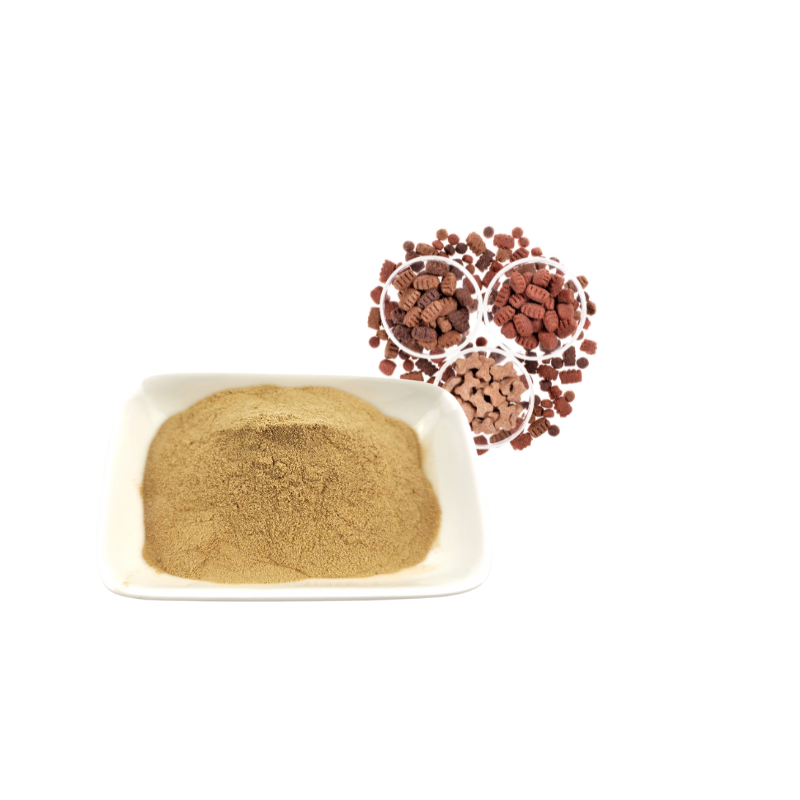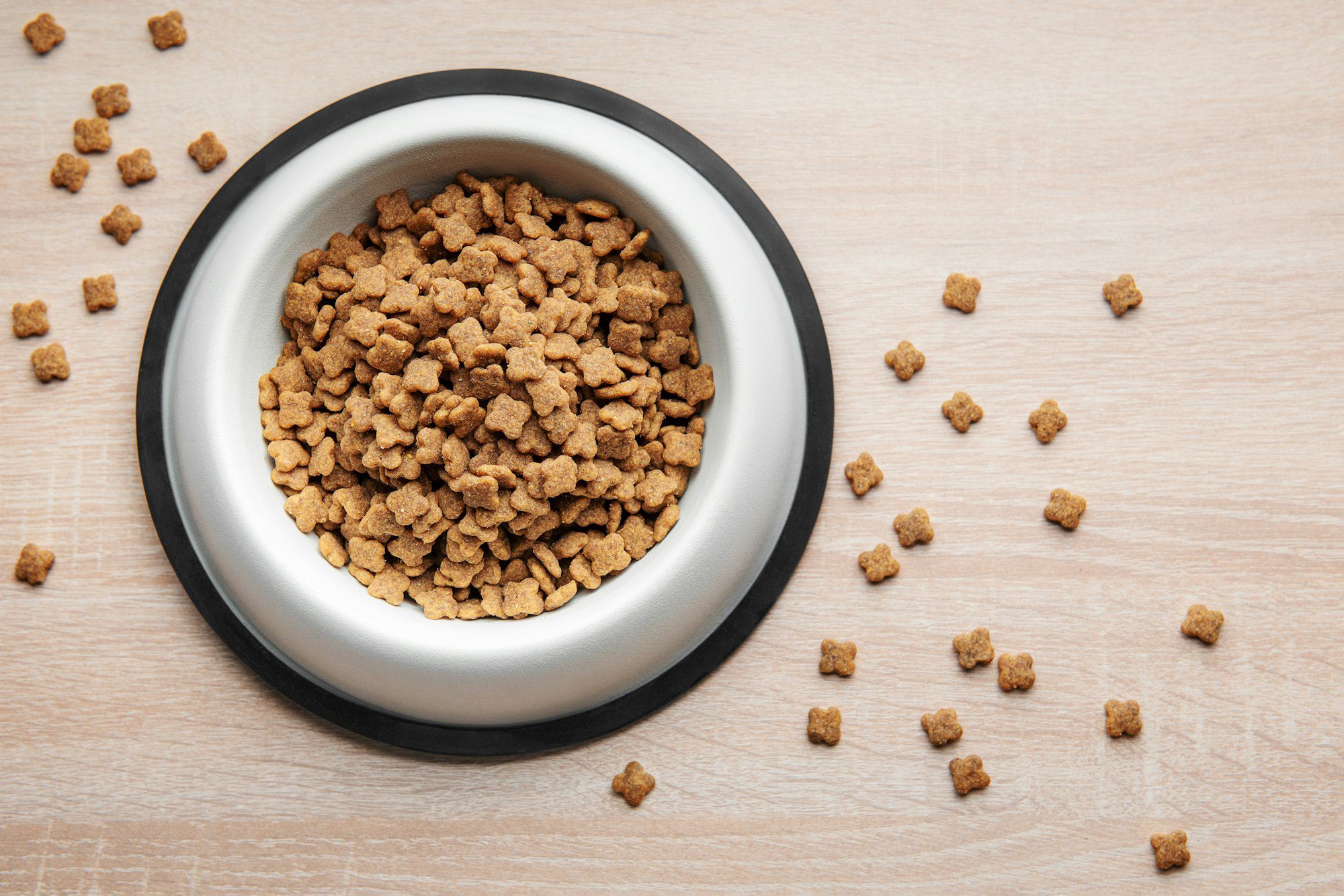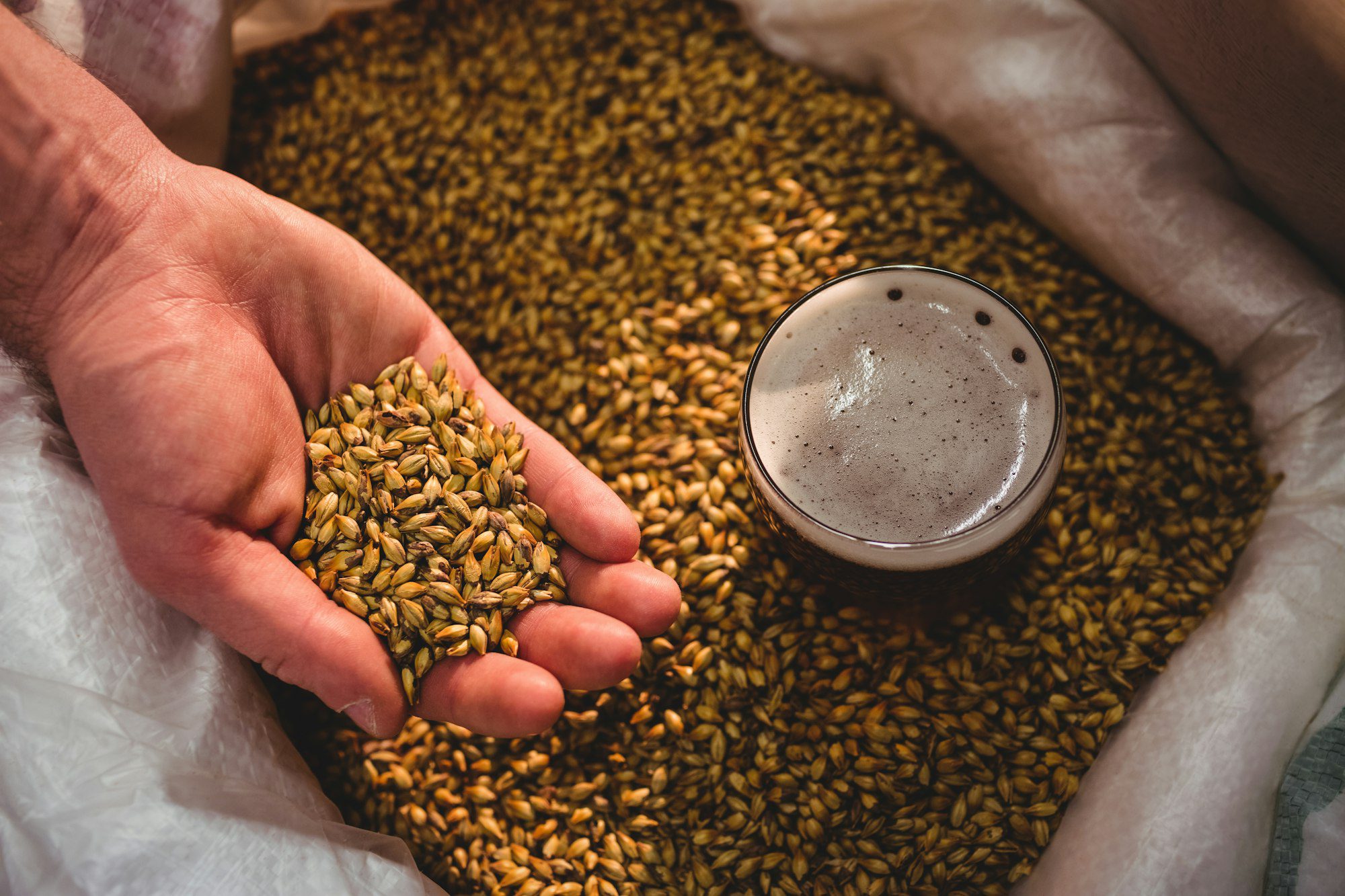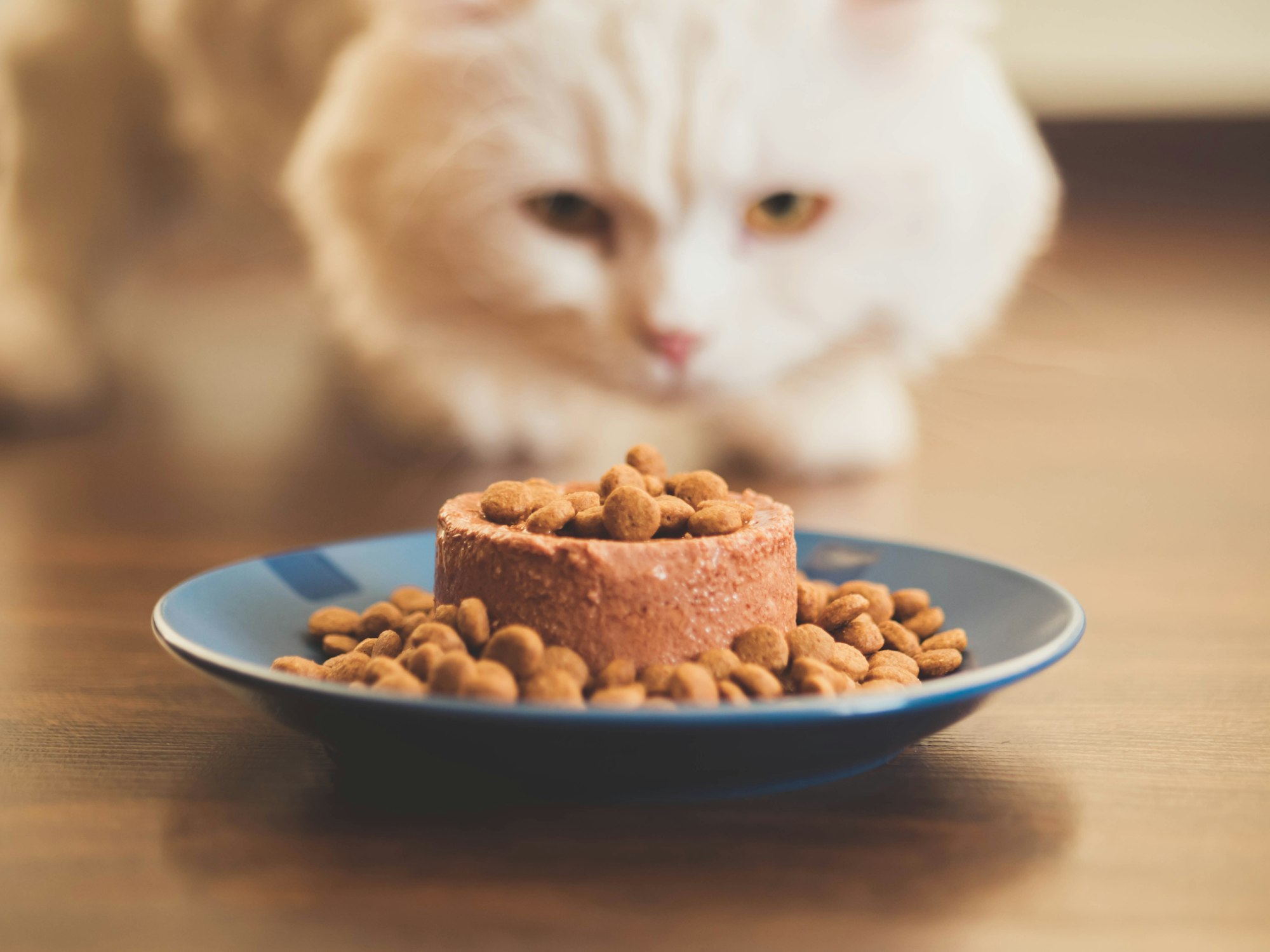Pet owners often wonder what makes their furry companions eagerly dive into their meals. The secret lies in the formulation of pet food, and at the heart of this process are pet food palatants. These unsung heroes play a pivotal role in ensuring pets not only eat but relish their food. For pet food manufacturers, wholesalers, and factories, understanding palatants is essential for producing high-quality products that stand out in a competitive market. In this blog, we’ll explore what pet food palatants are, how they work, and why they matter so much.
What Are Pet Food Palatants?
Pet food palatants are flavoring agents or enhancers specifically designed to improve the taste and aroma of pet food. These ingredients cater to the sensory preferences of pets, ensuring their meals are not just nutritious but also irresistible. Palatants can be applied to both dry and wet pet food and are often customized to suit specific species, breeds, and even dietary requirements.

Types of Pet Food Palatants
- Dry Palatants: Used in kibble and extruded food, dry palatants are typically powdered or sprayed on the surface.
- Liquid Palatants: Commonly used in wet pet food and treats, liquid palatants provide a rich aroma and texture enhancement.
- Dual-phase Palatants: A combination of dry and liquid palatants for a more comprehensive sensory appeal.
Key Ingredients
- Hydrolyzed Proteins: Derived from animal or plant sources, they provide the umami flavor that pets love.
- Natural Extracts: Such as liver or chicken extracts, which mimic natural food flavors.
- Synthetic Additives: These may include flavor compounds designed to replicate specific tastes or aromas.
The Science Behind Palatability
Palatants work by activating the sensory receptors in a pet’s nose and mouth. Pets rely heavily on their sense of smell when deciding whether food is appealing. Palatants enhance the olfactory cues, making the food smell appetizing. Additionally, the taste components ensure that once the pet takes a bite, they’re eager for more.

Sensory Testing
Manufacturers often conduct palatability tests to gauge the effectiveness of a palatant. These tests include:
- Two-bowl Tests: Pets are offered two bowls with different formulations, and their preferences are observed.
- Consumption Rate Analysis: Measuring how quickly and consistently pets consume food.
Why Do Pet Food Palatants Matter?
1. Enhancing Pet Satisfaction
Palatants ensure pets enjoy their meals, which is crucial for their overall well-being. Pets that enjoy their food are less likely to skip meals, leading to better nutrition.

2. Addressing Picky Eaters
Some pets, especially cats and senior dogs, can be finicky eaters. Palatants can make even the most reluctant eaters enthusiastic about their meals.
3. Supporting Special Diets
For pets on restricted diets, palatants help maintain flavor and appeal without compromising on health requirements.
4. Driving Brand Loyalty
Pet owners are more likely to stick with a brand if their pets show consistent enthusiasm for its products. Palatants are key to achieving this.
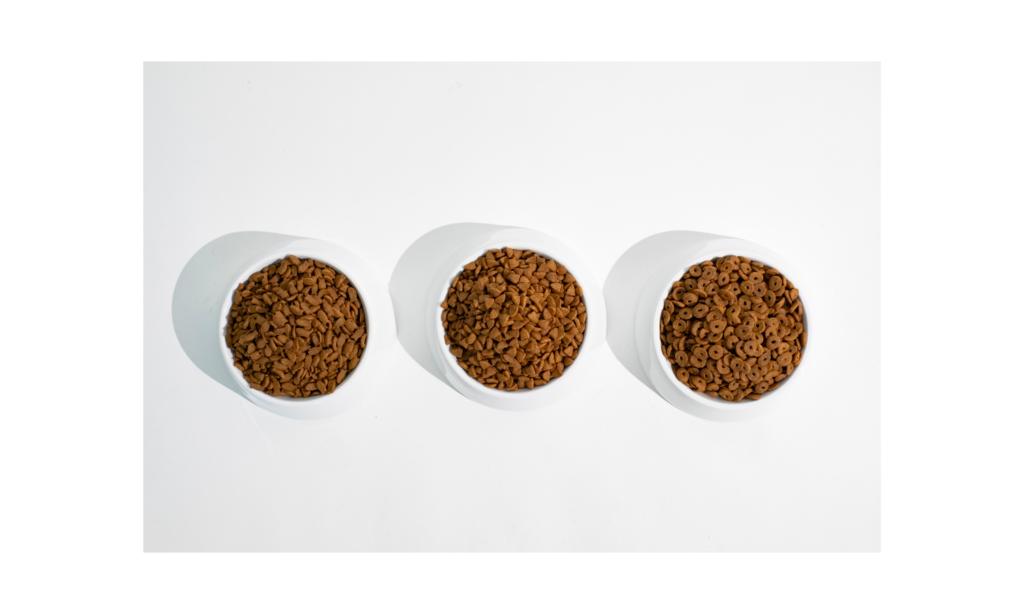
Applications of Pet Food Palatants
1. Dry Pet Food
Kibble manufacturers use palatants to create a flavorful coating that pets find irresistible.
2. Wet Pet Food
Liquid palatants enhance the aroma and flavor profile of wet food, ensuring pets are drawn to it immediately.
3. Pet Treats
Treat manufacturers use specialized palatants to create indulgent flavors that encourage training and reward behaviors.
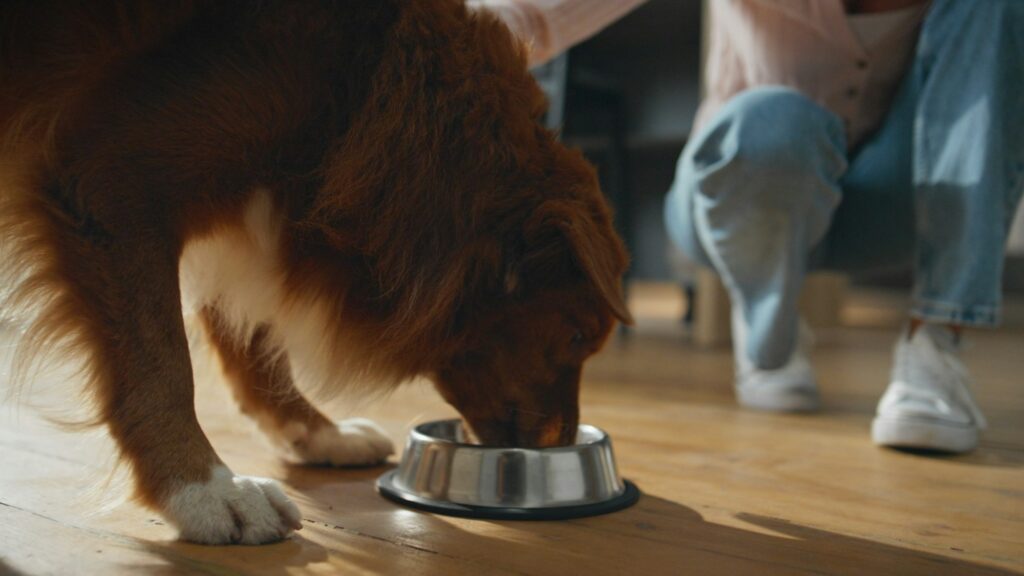
4. Specialized Diets
Veterinary diets and hypoallergenic foods rely heavily on palatants to make them palatable without compromising on health benefits.
Real-time Trends in Pet Food Palatants
The pet food industry is continuously evolving, and so are the trends in palatants:
1. Natural and Sustainable Ingredients
Pet owners increasingly demand natural, non-GMO, and sustainable ingredients. Palatants derived from organic sources or responsibly sourced animal proteins are gaining popularity.
2. Customization
Manufacturers now offer tailored palatant solutions to cater to specific breeds, life stages, or dietary needs.

3. Health-focused Palatants
Palatants enriched with probiotics or functional ingredients that support gut health are on the rise.
4. Global Market Growth
According to recent data, the global pet food palatants market is expected to grow at a CAGR of over 6% between 2023 and 2028, driven by increasing pet adoption and premium pet food demand.
Challenges in Pet Food Palatant Development
1. Balancing Nutrition and Palatability
Overuse of palatants can lead to an imbalance in nutritional profiles, so careful formulation is crucial.
2. Regulatory Compliance
Palatants must meet stringent regulatory standards in different markets, including the FDA in the U.S. and EFSA in Europe.
3. Cost Management
Premium palatants can drive up manufacturing costs, so finding cost-effective solutions without compromising quality is a constant challenge.
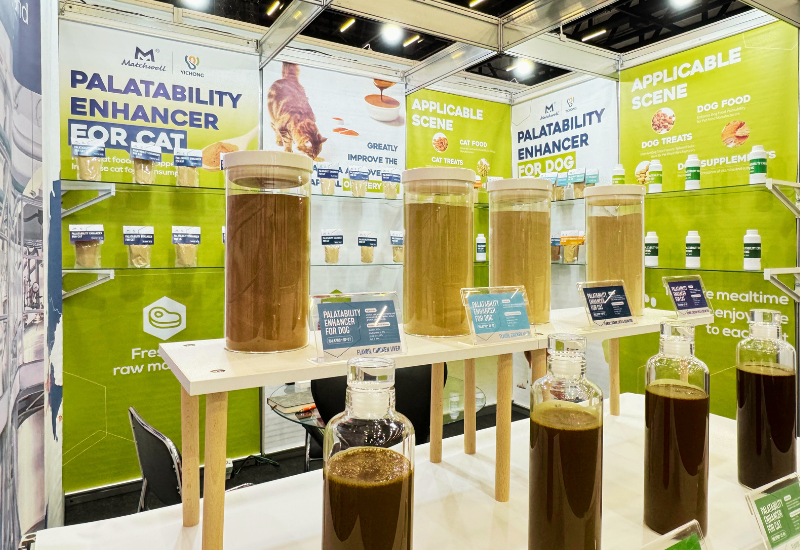
Why Manufacturers Should Prioritize Palatants
Investing in high-quality palatants ensures better acceptance rates for pet food products, reducing waste and increasing customer satisfaction. For manufacturers, working with reliable suppliers and conducting rigorous testing can make all the difference.
Conclusion
Pet food palatants are more than just flavor enhancers; they’re critical to ensuring pets enjoy their meals, addressing picky eating habits, and supporting special dietary needs. For pet food manufacturers, understanding and leveraging the science of palatants is key to producing high-quality, competitive products in today’s market.
To learn more about how to incorporate premium palatants into your pet food products, visit profypet.com. Discover innovative solutions tailored to your needs and stay ahead in the competitive pet food industry.



